Trail Africa: 5 Things About Timbuktu That Will Surprise You
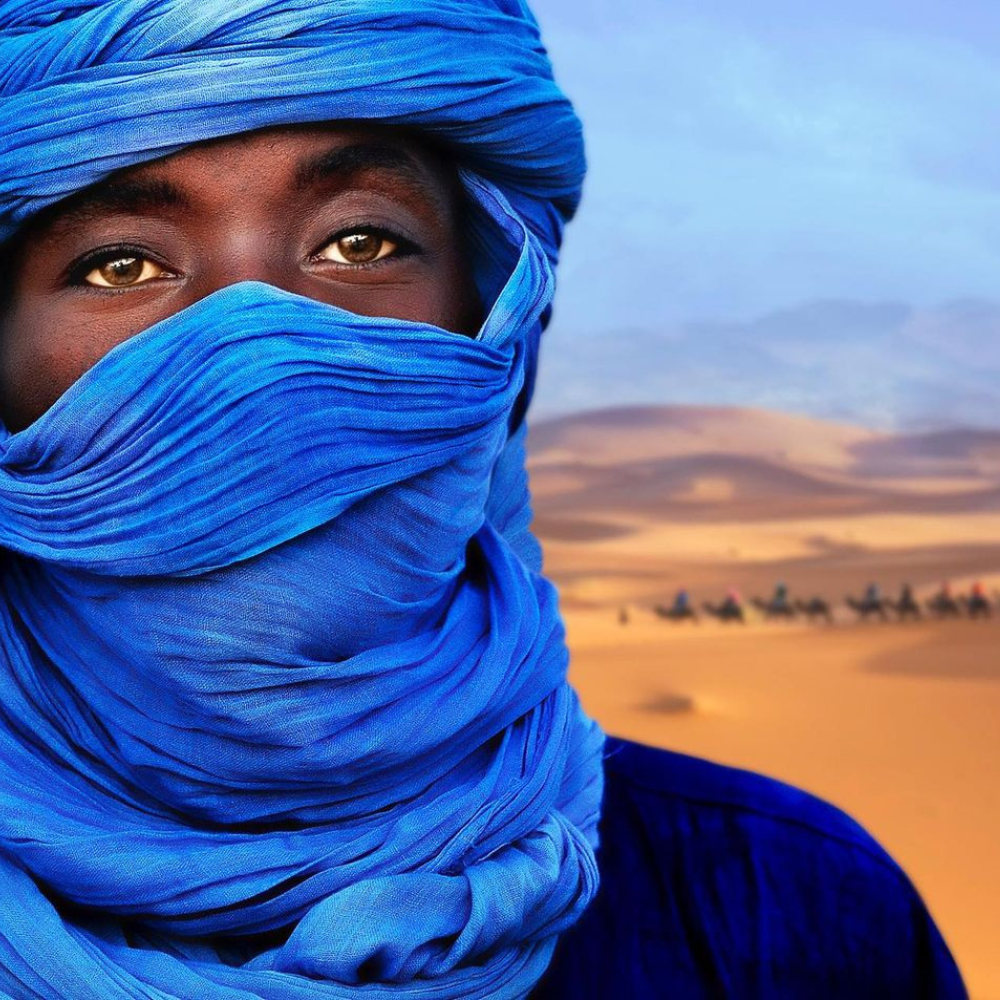
A writer fascinated by humanity and diversity. He is the…
You most certainly would have heard the million-dollar name Timbuktu. The spelling varies depending on the book you are reading – Timbuktoo, Timbuctou, Timbuctu – or the language you are speaking – the French, for instance, spell it as Tombouctou, Temboctou, or Tombouktou. Regardless of how you spell this most delightful city, nothing detracts from the charm it has held on people for ages. It sounds like the name of an old magical land belonging to folklore, creation myths, or Hollywood fantasy movies.
The charm of this city is peppered in creative works — from movies to fashion, and even music. For instance, the hit track Take a Message to Mary by the Everly Brothers has a line dedicated to Timbuktu: “Just tell her I went to Timbuktu, tell her I’m searchin’ for gold.” Yes, many think it is a mythical place, often referring to it as an African El Dorado. But hey, Timbuktu, Mali is no mythical place. It’s an ancient city bursting with life today as it did hundreds of years ago in the days of the richest man who ever lived, The King of Mali, Mansa Musa. This city, nestled in the great country of Mali in West Africa, is undoubtedly a sight to behold — a blend of the old with the modern, desert sand and river, gold and salt. How about we explore other factors that make this place truly special?
Check out 5 impressive facts about Timbuktu that are sure to surprise you…
#1. A tale of a big navel
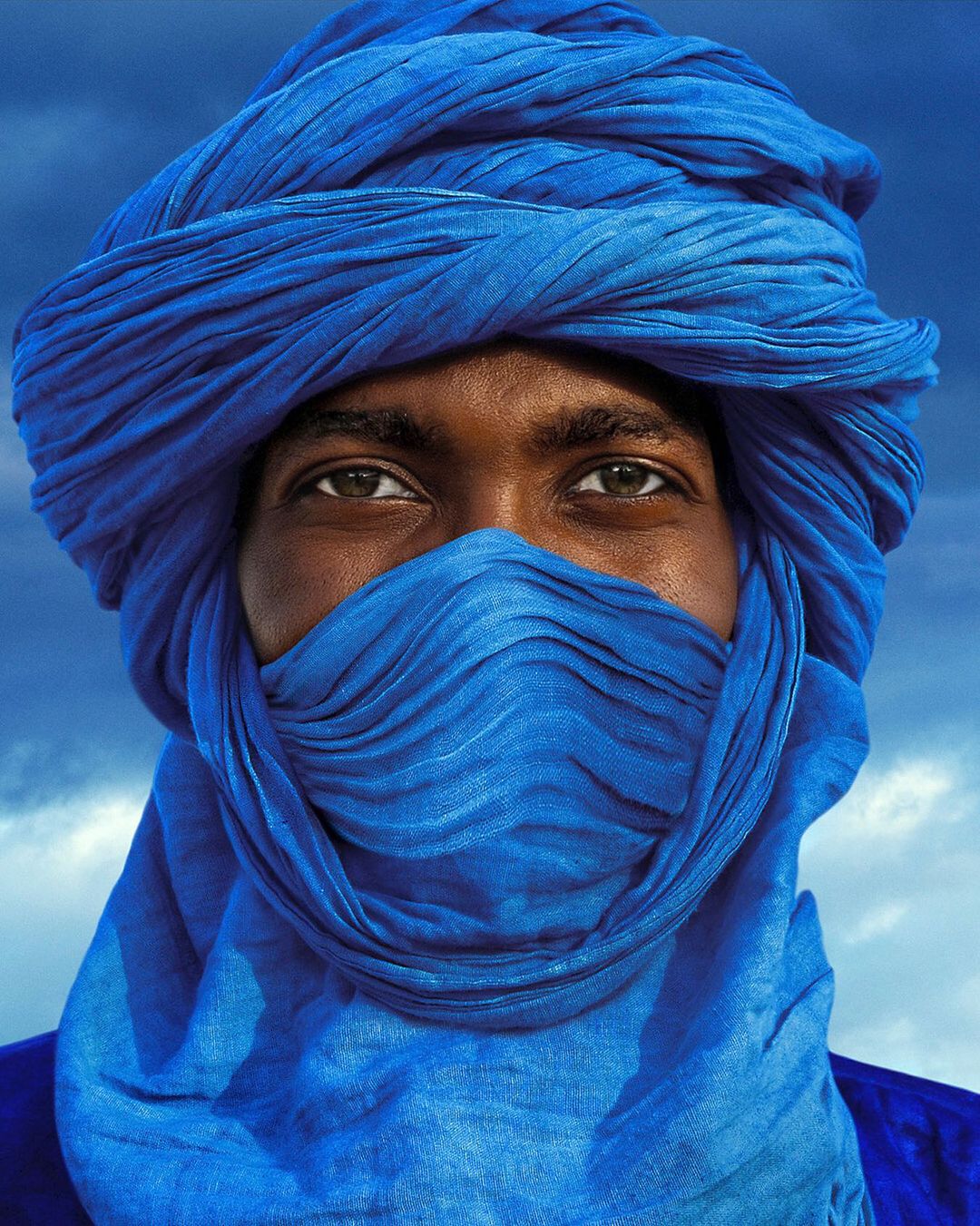
Timbuktu was established around 1100 CE. There are several stories or traditions as to the founding of the city, but one stands out for me – the story about a woman with a large navel. According to this tradition, Timbuktu was founded by Tuareg nomads as a camp where they stored their property and provisions and where they went back to from their long periods of travel through the Sahara Desert. It was said that these Tuaregs left this camp in the care of a woman called Tomboutou or Timbuktu, or Buctoo, which meant “woman with a big navel,” and which was probably a description of an umbilical hernia or lump.
Situated on the edge of the Sahara Desert, at the meeting place of the desert and the River Niger, Timbuktu soon flourished in trade. By the late 13th century, it became a part of the Mali Empire. The city soon developed a reputation known for gold (the Everly Brothers seemed to be referencing that in their song), ivory, and salt. Thousands of people traveled to Timbuktu to get an education, meet notable scholars, and copy important books and manuscripts.
#2. A citadel of learning
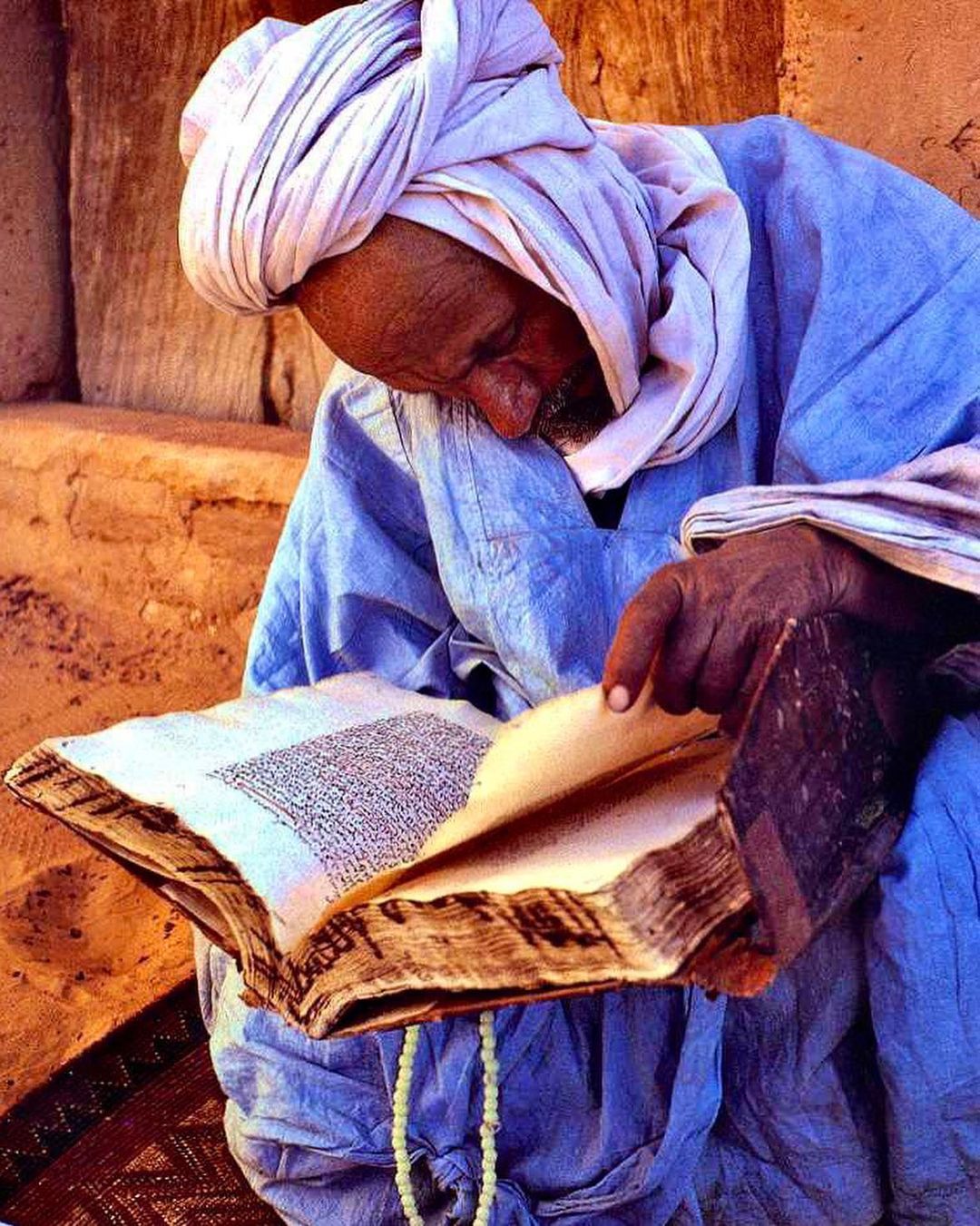
The University of Timbuktu is now an umbrella term for an organized scholastic community in the ancient city of Timbuktu which comprises three mosques built by Berbers around the early 14th century that served as madrasahs: the mosques of Sankore, Djinguereber, and Sidi Yahya. Lessons were taught in private rooms or in open courtyards, and the students wrote with ink on wooden boards.
Students learned Arabic and Islam but also were taught subjects that included geography, astronomy, history, poetry, and medicine. Upon completion of their studies, they were given a turban to wear, and an ijazah, which was a written certificate authorizing them to teach what they had studied. This scholastic community is said to be the oldest institution of higher learning in Sub-Saharan Africa.
#3. A den of World Heritage Sites
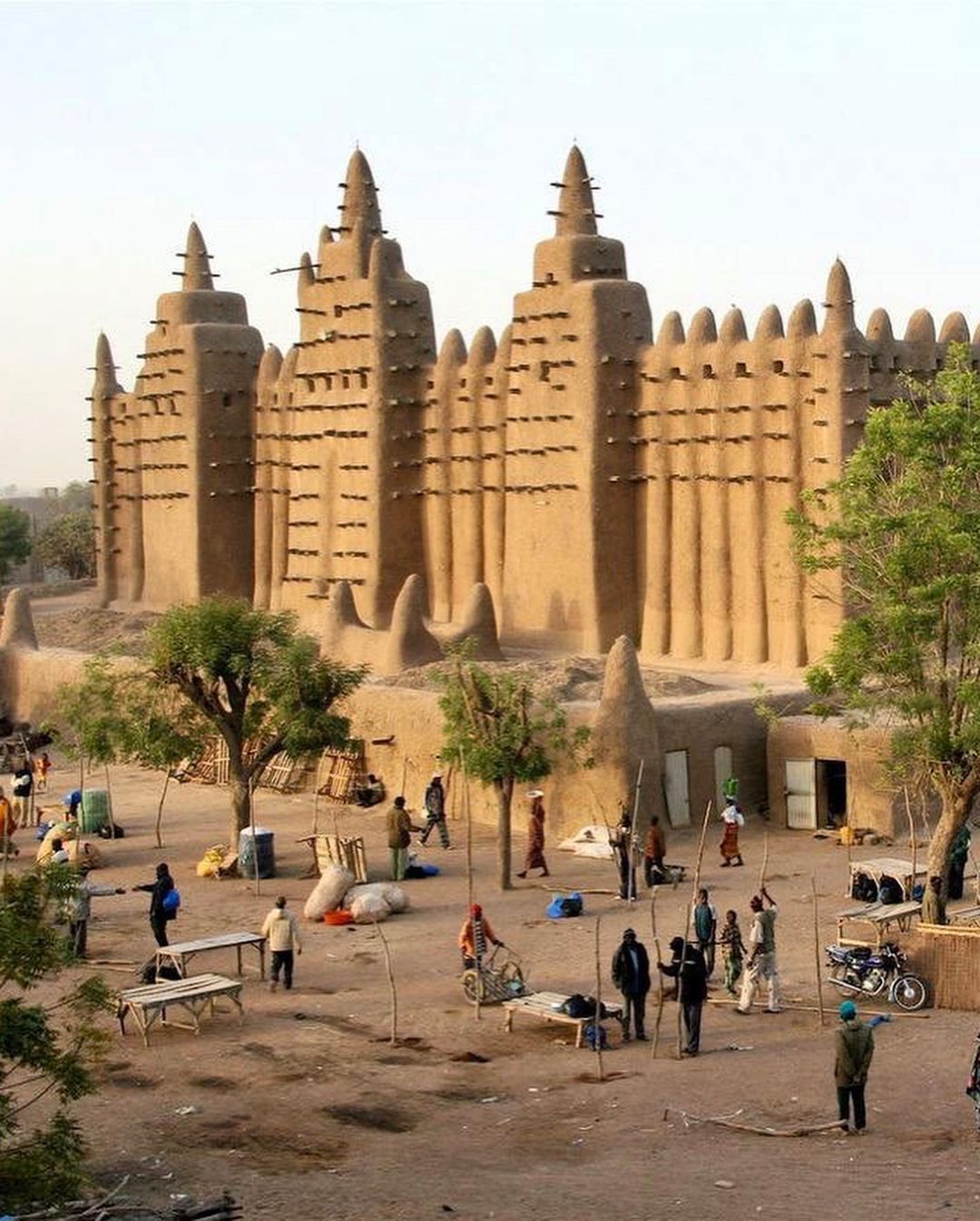
Timbuktu holds UNESCO World Heritage Sites comprising the three mosques of Sankore, Djinguereber, and Sidi Yahya, and 16 mausoleums. Lots of tourists visit these sites every year to soak up the history and wonder which they house. These sites proudly display the use of traditional building techniques, a cultural and scholarly Golden Age attained by the Songhai Empire. These places and institutions were essential for the spread of Islam in Africa.
#4. City of 333 Saints
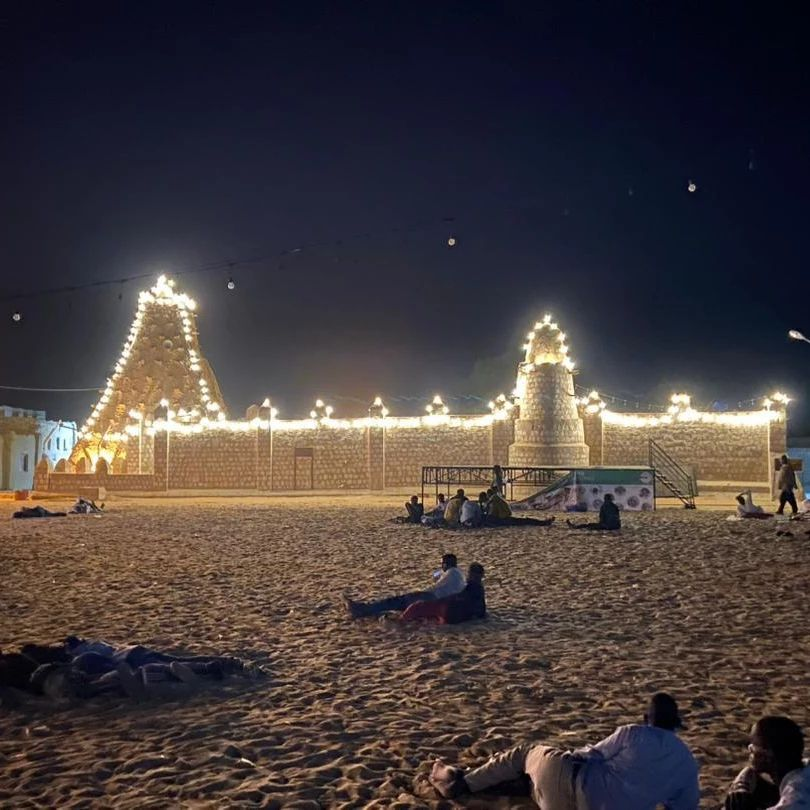
Timbuktu is popularly called “The City of 333 Saints” because 333 saints were buried in the city. The saints were Muslim scholars and holy men who were revered for their outstanding learning, wisdom, and goodness. These scholars and holy men were convinced that to be a saint was to be perpetually on the path of knowledge.
#5. Timbuktu’s ancient manuscripts
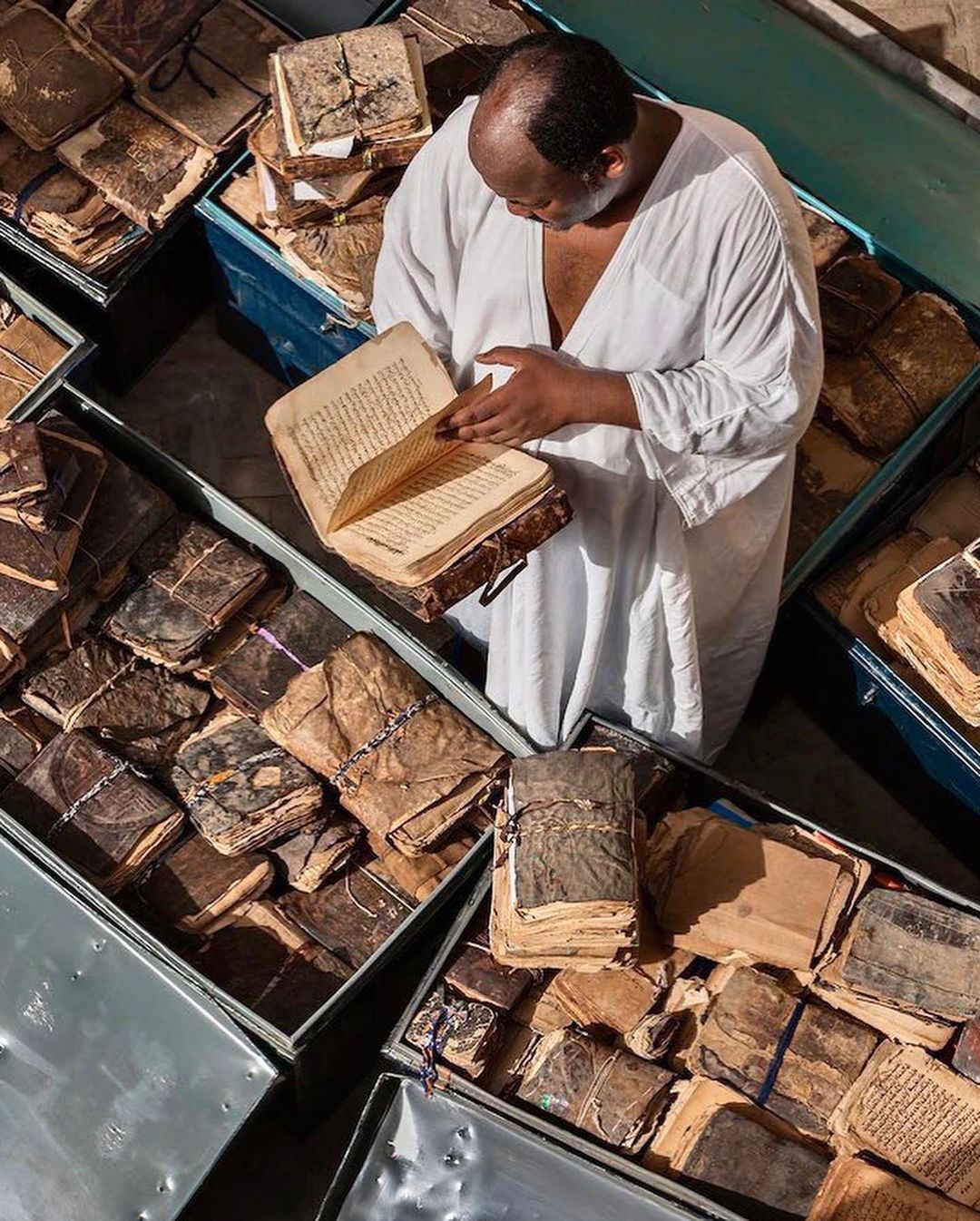
Named after a famous medieval scholar, Timbuktu’s main library (full name: the Ahmed Baba Institute of Higher Islamic Studies and Research) was designed by South African architects and built at the whopping cost of around five million pounds. But what is more important is what it preserves: Timbuktu’s manuscripts dating from the 14th to 16th centuries when the city was at the height of its prominence in trade and learning.
This library holds over 20,000 old manuscripts. And what do they tell us? The manuscripts discuss every subject and discipline the 14th-century Malians deemed important and relevant to their lives. They reveal the ways the Malians practiced religion at the time: a moderate form of Islam defined by tolerance, equity, and a deep respect for and pleasure in learning. In addition, the Timbuktu manuscripts teach astrology — how to count the stars and the heavenly bodies, share the discoveries of Malian biologists, and educate readers on the care of our bodies and even how to make things such as toothpaste.
They also contain what the ancient Malians knew about chemistry, medicine, ideas in ethics, law, jurisprudence, and conflict resolution. It certainly doesn’t stop there. Readers are also exposed to knowledge about women’s rights, children’s rights, and even animal rights. Surprised? These precious, fragile records of history and scholarship have more than enough facts to prove that the Malian scholars who lived and taught in Timbuktu were well ahead of their time.
Featured image: @travel_phototeo/Instagram
For the latest in fashion, lifestyle and culture, follow us on Instagram @StyleRave_
This is a Style Rave original content exclusively created for our readers. If reproduced, distributed, transmitted, cached, or otherwise used by any other publishing house or blogs, such use should provide a direct link to this source article. Use of and/or registration on any portion of this site constitutes acceptance of our Terms & Conditions and Privacy Policy.
—Read also
A writer fascinated by humanity and diversity. He is the author of Do Not Say It’s Not Your Country.



